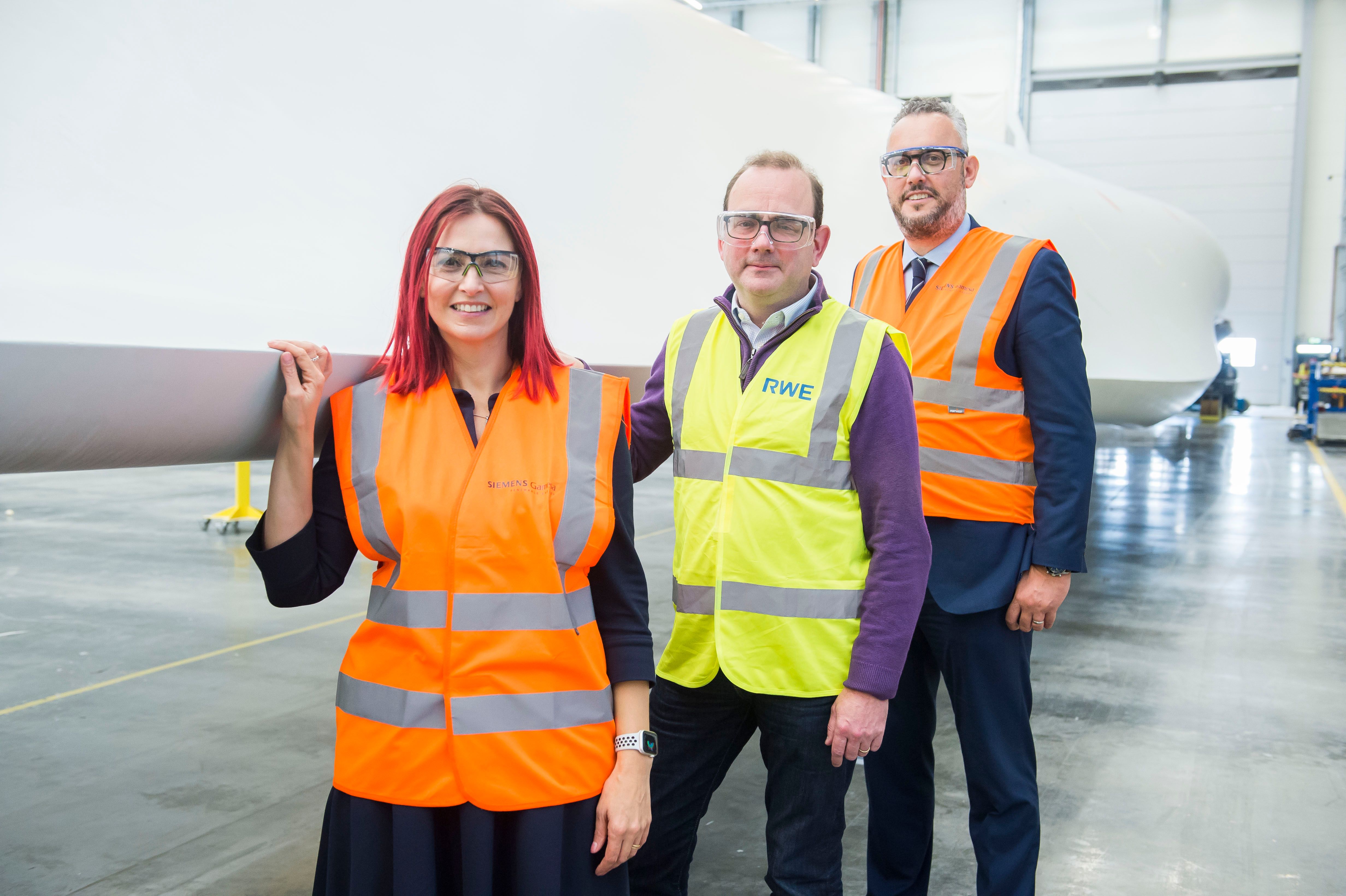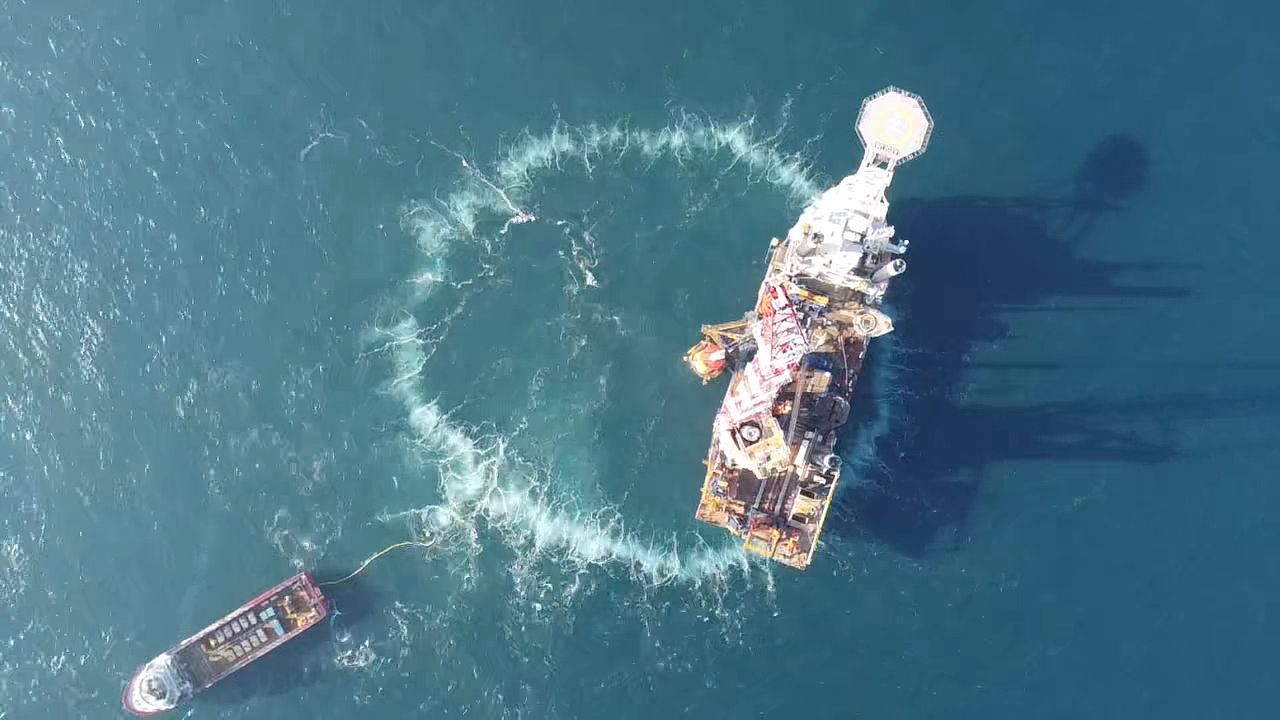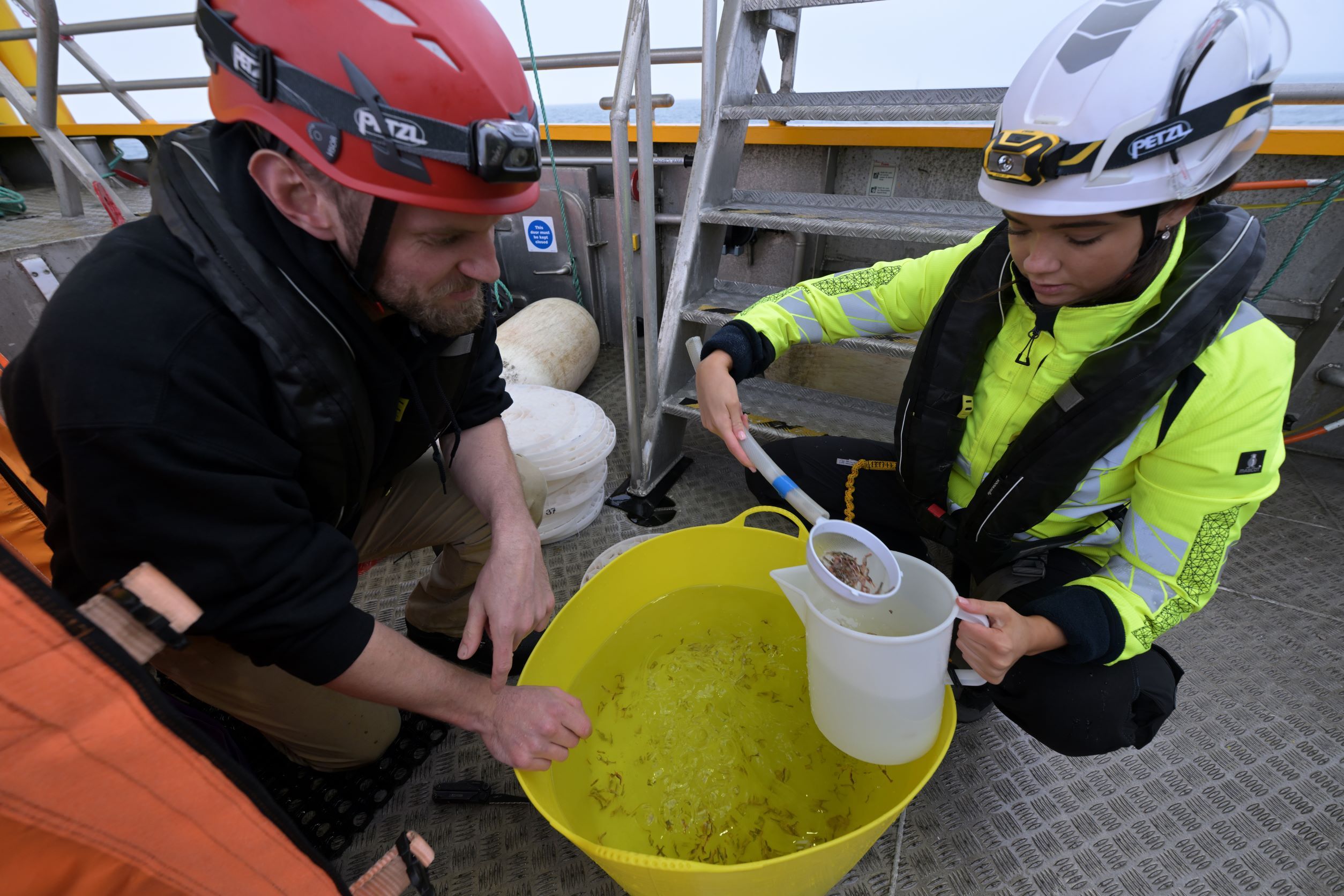Powering the Future, Protecting the Planet: Balancing innovation with environmental stewardship

2 October 2024: Visit by RWE staff and Melanie Onn MP to the Siemens Gamesa blade factory in Hull
Renewable energy and a thriving, rich biodiversity in the ecosystems are essential to the future of our planet. As the UK’s leading power generator, RWE is at the forefront of delivering the clean technologies needed to power tomorrow—while ensuring we protect and preserve the natural world for future generations.
The energy transition must be ambitious, but also responsible. As we scale up renewable energy generation, we cannot lose sight of the ecosystems in and around these developments. Clean power should not come at nature’s expense; it should work in harmony with it. We know that innovation plays a critical role in accelerating the transition to net zero. But if left unchecked, it can carry unintended consequences for the natural world.
That’s why RWE takes its environmental responsibilities seriously. As a key player in the global energy transition, we know that long-term success depends on a proactive approach—one that integrates sustainability at every stage of a project lifecycle and actively safeguards the natural world we all rely on.
RWE's commitment to ecologically sustainable habitat restoration is managed by a team of experts working hand in hand with wildlife experts and charities. Here are some of the ways in which RWE is working to ensure that our critical renewable generation developments, including wind and solar, work in harmony with our natural environment.
Sustainable supply chains
We believe sustainability and innovation go hand in hand, and we are driving this forward across our supply chains and generation projects. For example, the decommissioning of wind turbine blades is an industry-wide challenge, leading to concerns about the long-term sustainability of wind farms.
That is why we were pleased to be the first renewable generator in the world to use recyclable blades at our Kaskasi wind farm, off the coast of Germany; and we are also deploying them at our Thor wind farm in Denmark. These state-of-the-art, recyclable wind turbine blades allow composite parts to be recycled into new products at the end of their life.
Our Sofia Offshore Wind Farm, in construction off the North East coast of the UK, will be the next site to use these innovative new blades, with a record 150 individual recyclable blades being installed across 50 of the site’s 100 turbines.

Sofia Offshore Wind Farm Construction, 2025
Marine conservation
A thriving marine ecosystem is vital for maintaining biodiversity and the health of our planet, and offshore wind farms need to work with, not against, underwater wildlife and habitats. We have developed an industry-leading biodiversity protection strategy for our Sofia Offshore Wind Farm, which is supporting sustainability and promoting the responsible stewardship of the marine environment in the North Sea. For example, we are taking proactive measures to protect marine wildlife from disruption caused by the wind farm’s construction: To reduce the propagation of underwater noise, we will create a barrier of rising bubbles around the turbine installation site (a ‘bubble curtain’). By dampening sound waves, this technology mitigates disturbances to marine species such as harbour porpoises, dolphins, and whales, which rely on ultrasound for orientation.
More widely, we are working with the charity North Sea Conservation to support the Whitby Lobster Hatchery, a project that is currently in the process of releasing 100,000 juvenile lobsters into the North Sea. The project is committed to ensuring that our seas are sustainable and rich in diversity for years to come, providing invaluable stocks of crustaceans for the local fishing industry and safeguarding the region’s economy. RWE has also contributed to this effort through the release of 2,500 lobsters at our Triton Knoll site in 2024. This is all part of our drive to ensure that all new assets have a positive net effect on biodiversity.
RWE has also run a competition to promote innovators that could promote environmental benefits in the marine environment. The UK-based company SeaGrown won the Innovation Ecology Award for promoting the co-existence of seaweed farming (e.g. kelp) and offshore wind in the marine space, while the French company Cosma won the Innovation Ecology Award for advancing environmental monitoring with its swarm of autonomous underwater drones. New technologies are also being used to implement an ecosystem approach when we monitor offshore wind farms. Our SeaMe project (‘Sustainable Ecosystem Approach in monitoring the Marine Environment’) will collect a variety of data at our wind farm in Kaskasi through the use of underwater uncrewed vehicles, aerial drones and AI-powered cameras. Furthermore, the diversity of the ecosystem will be investigated through the innovative technique of ‘environmental DNA’ (or ‘eDNA’). The project aims at lowering costs, invasiveness and emissions of monitoring, and to better understand our interactions with the marine environment.

Whitby Lobster Hatchery, 2024
Responsible development onshore
We have a responsibility to protect our natural wildlife on land, as well as at sea. Last year we launched our UK Solar & Storage Developers Charter which puts environmental wellbeing at the heart of our solar and storage development and construction process. The charter ensures that our projects deliver long term environmental benefits, maximising opportunities for local wildlife through creating new hedgerows, planting wildflowers meadows and creating grazing areas for sheep. This is just one example of where we are setting new industry standards for solar generation.
In addition, we have seen pollinator numbers increase at our Little Cheyne Court onshore wind farm; and ongoing research has led to new rare species discoveries at Novar II onshore wind farm. Similarly, our Hazel Dormouse study at Clocaenog Forest in North Wales has led to the identification of new Dormouse habitats, allowing us to effectively manage and adapt our operations in these areas, and indeed more widely, to in turn help the species to thrive.
Looking ahead
It is clear that the energy transition and environmental protection can, and must, go hand in hand. As we strive to achieve net zero, we must do all we can to protect and improve the status of biodiversity. As renewable generators continue to innovate, we need to ensure our projects deliver not only clean power but leave lasting benefits for nature and local communities. By embedding sustainability into every stage of our projects, from the types of technology we use, to implementing biodiversity and mitigation strategies, we are setting new standards for responsible energy generation.
For more information on how RWE is promoting sustainability and biodiversity across its portfolio, visit our website here.

Umberto Binetti, Marine Biodiversity Expert, RWE


